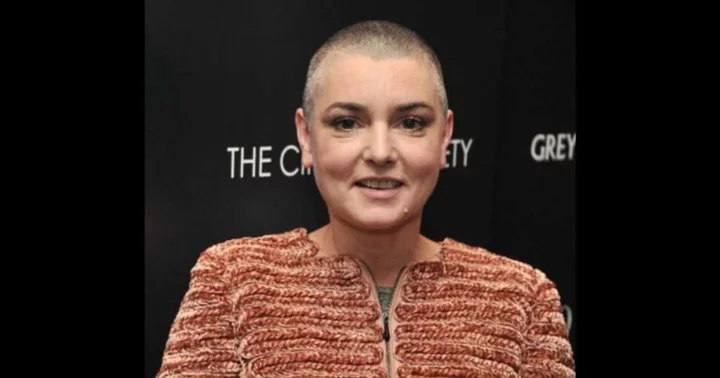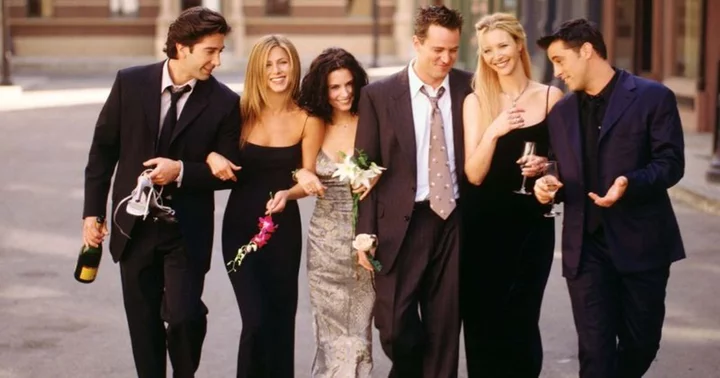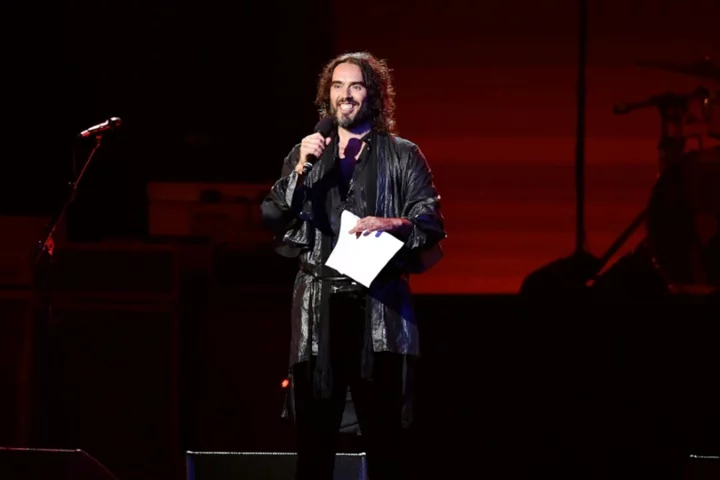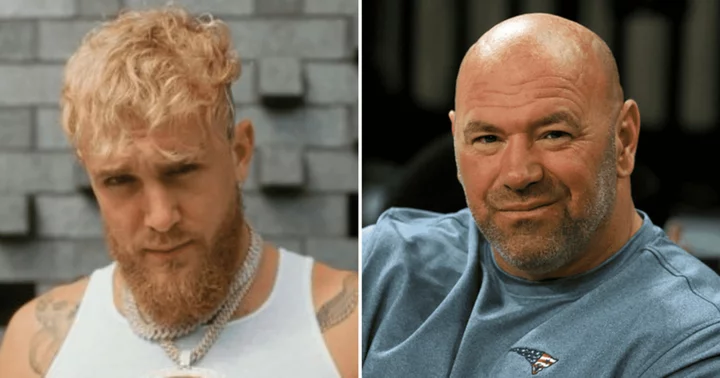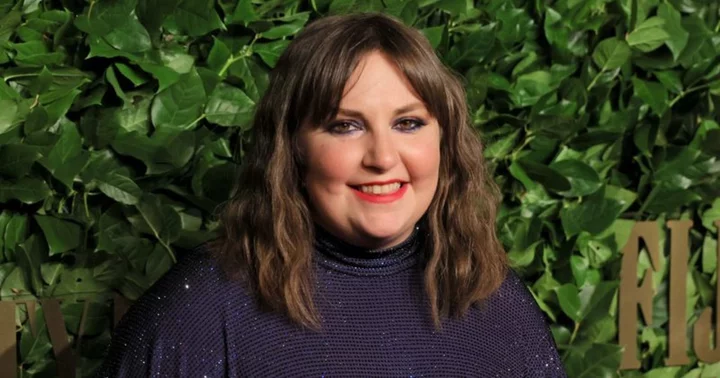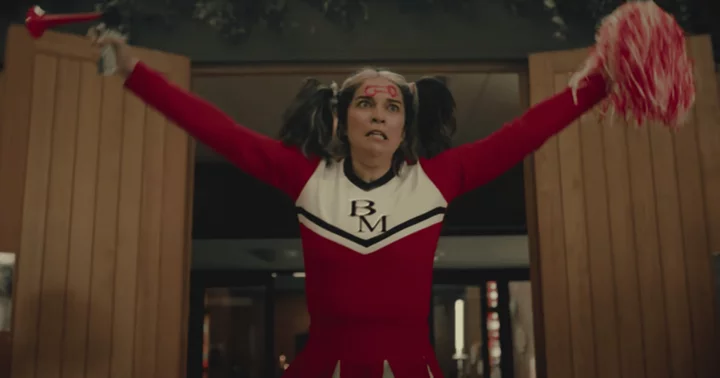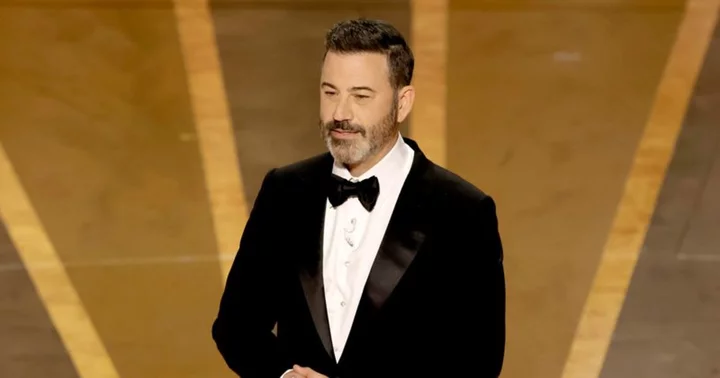LONDON, ENGLAND: The Irish iconoclastic musician Sinead O’Connor’s death on July 26, aged 56, has not only silenced a rebellious voice forever but also raised a few questions regarding the poignant topic of child abuse and mental health. O’Connor was subjected to harrowing abuse in the early years of her life which played a significant part in shaping her career.
O’Connor has seen it all, from achieving monumental success to becoming the persona non grata. While the love and adulation received by the ‘Nothing Compares 2 U’ singer varied rapidly during her artistic career, one aspect remained common - the articulation of her pain. The rebellious voice of O’Connor continued to sing on as Nightingale, reeling at the pain of being raised up in a dysfunctional family.
In the Katheryn Ferguson helmed documentary of Sinead O'Connor, ‘Nothing Compares’, which is considered the singer’s last public address, the ‘This is the Day’ singer revealed her traumatic childhood, which shaped her character, and subsequently her career. The documentary is available to stream on Sky Network from July 28.
Who was Sinead O'Connor's mother?
The Irish singer was born to her father John Oliver "Seán" O'Connor and mother Johanna Marie O'Grady in 1966. O’Connor’s parents divorced when she was just eight. While her mother got her custody and she stayed with Marie for five years, it was the events during this time that shaped the songstress’s life. Speaking in the documentary, O’Connor shared the grueling experiences she had to undergo at her mother’s hands. She recounted that Marie made her sleep outside for several weeks and banished her to Ireland’s Magdalene Laundries.
O’Connor recalled her mentally ill mother in the documentary, “My mother was a beast,” before adding, “I was able to soothe her with my voice. I was able to use my voice to make the devil sleep.” She further elaborated, “My mother was a very violent woman, not a healthy woman at all,” and firmly declared, ”She was physically, verbally, psychologically, spiritually and emotionally abusive.”
Remembering one of the instances when her mother behaved irrationally, O’Connor recounted, “One of the very traumatic things that happened to me when I was growing up was that my mother had me living in the garden, when I was eight and a half, 24-7, for a week or two,” before describing her experience, “I'm out in the garden in the dark – I still hate dusk to this day – and I'll be looking up at the only window on the side of the house where she'd have a light on and I'd be screaming, begging her to let me in, and she wouldn't, the light would go off, and the house would go dark.”
As a true artist who used her craft to purge the deep-seated trauma and inspire the artist in her, O’Connor sang in her 1987 hit ‘Troy’ about her memory of being forced to sleep outside. Calling music to be her “therapy,” she wrote, “I remember it / In Dublin in a rainstorm / Sitting in the long grass in summer / Keeping warm.”
Marie died in a road accident in 1985 when O’Connor was 18.
'It wasn't talked about even in the family'
Even though she went to stay with her father when she was 13, the harrowing experiences stayed on with her. The experiences were never talked about even in her family. O’Connor shares, “My father is the type of man that didn't like anybody talking about what happened, and that's what was wrong with me: it wasn't talked about even in the family.”
The childhood trauma she received at her mother’s hand shaped her career in such a way that she became a social outcast after tearing Pope John Paul II’s picture while performing Bob Marley’s ‘War’ on ‘Saturday Night Live’ on October 3, 1992. Many saw this act of defiance as a call against the alleged abuse within the Catholic Church, per Daily Mail. O’Connor later revealed that the very picture hang on her mother’s wall. She said, “He was so involved in covering up what happened to everybody, and I had a right to fight that evil because I loved the Church,” before adding, “I'd got f*** all to lose because nobody could do jack s*** to me that hadn't been done already.”

